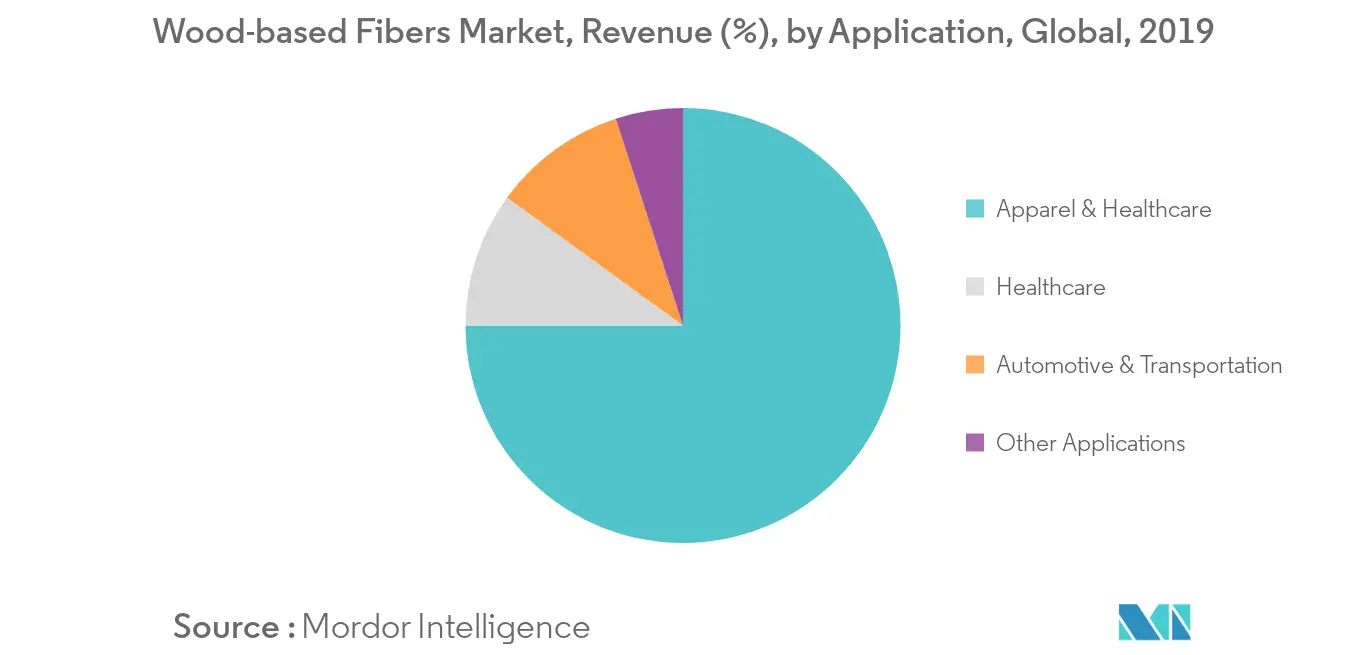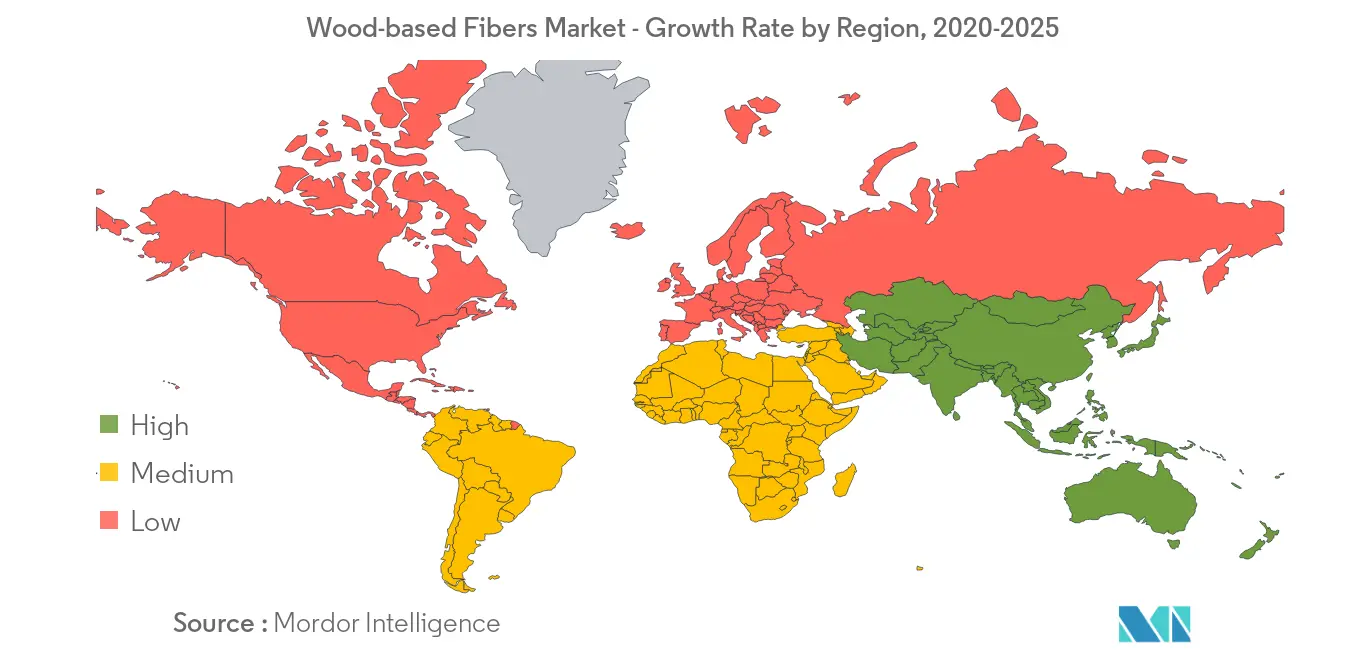Market Trends of Wood-based Fibers Industry
This section covers the major market trends shaping the Wood-Based Fibers Market according to our research experts:
Growing Demand from Textile Industry
In the recent years, interest in wood-based cellulosic fibers has increased significantly, due to its sustainability characteristics.
These fibers are produced from the natural polymer cellulose, that has been extracted from plant-based materials, and then further shapes the polymers into fibers using different technologies (such as viscose, modal, lyocell) with the chemical structure identical to natural fibers such as cotton and wool.
Each of the fiber types has its own special characteristics that are valued in the textile industry, thus widely preferred in textile industry through the upcoming years. Overall, rising textile industry across several countries is expected to drive the market growth of wood-based fibers.
According to SelectUSA, the United States' textile and apparel industry was worth around USD 70 billion and remained one of the most significant sectors of the manufacturing industry in 2019.
According to National Development and Reform Commission, China's textile industry have seen stable development in the first 11 months of 2019. Domestic retail sales of apparel and knitwear stood at CNY 1.2 trillion (USD 172.4 trillion), in 2019, generating a growth of 3% from the year 2018.
Moreover, according to Union Budget 2020 India, textile industry plays a significant role in the economy of the country, contributing over 13% of the industrial output and over 2% to the GDP of the country.
The above mentioned factors are expected to drive the market for wood-based fibers in textile industry during the forecast period.

Asia-Pacific Region to Dominate the Global Market
Asia-Pacific region is expected to dominate the market for wood-based fibers owing to rising demand from countries such as China and India.
According to National Development and Reform Commission, China's textile industry has seen stable development in the first 11 months of 2019. Domestic retail sales of apparel and knitwear stood at CNY 1.2 trillion (USD 172.4 trillion), in 2019, increased by 3% from the year 2018.
Moreover, According to Union Budget 2020 India, textile industry plays a significant role in the economy, contributing over 13% of the industrial output and over 2% to the GDP of the country.
The Indian textiles industry is extremely varied, with the hand-spun and hand-woven textiles sectors, knitting sector. The Indian textiles industry valued USD 250 billion in 2019, as per the statistics provided by India Brand Equity Foundation (IBEF).
The textile industry plays a vital part in the national economy of Japan. Owing to the higher demand for Japanese goods, the manufacturing industry has been witnessing growth in the country. Additionally, the adoption of the latest technologies is boosting the demand for textiles in Japan.
Indonesian textile and textile products (TPT) recorded an export value of USD 12.78 billion. The Ministry of Industry estimated that textile exports will be valued at around USD 13.5-13.8 billion in 2019 and are estimated to increase further to USD 15 billion by the end of 2020. This is likely to increase the sector's share of Indonesia's total exports to 1.6%.
Such factors are expected to drive the market for wood-based fibers in the Asia-Pacific region.


